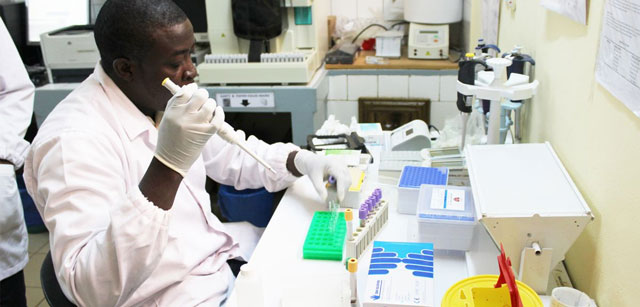
Geneva, Switzerland | THE INDEPENDENT | The World Health Organization (WHO) has released its latest guidance on sexually transmitted infections (STI) warning that infections are on the rise globally. The latest data shows that more than a million people are acquiring the infections each day.
In a statement released on Tuesday, the organization notes that during the COVID-19 pandemic, many countries had reported low coverage for prevention, testing, and treatment services for STIs, which has led to a resurgence of STIs globally. Worse, they say countries with good STI surveillance such as the UK and the US are increasingly reporting failures of current treatment recommendations for some STIs such as gonorrhea.
With these challenges, the organization has launched new guidelines involving the use of Target Product Profiles (TPPs) for point-of-care diagnostic technologies for diagnosing syphilis (treponema pallidum), Chlamydia trachomatis, Neisseria gonorrhea, and Trichomonas vaginalis. Generally, a TPP outlines the desired characteristics of a target product that is aimed at a particular disease.
TPPs state intended use, target populations, and other desired attributes of products, including safety and efficacy-related characteristics. “Early testing and diagnosis are key in stopping the spread of STIs. When left untreated, certain STIs can lead to long-term irreversible outcomes and some can be potentially fatal, “said Dr Teodora Wi, Lead for Sexually transmitted infections of the WHO Global HIV, Hepatitis and STIs Programmes.
“Our new guidance can help make low-cost point-of-care tests for STIs more accessible, enabling improved data collection and quality delivery of STI services for people in need”. This guidance comes at a time when surveillance studies on gonorrhea are finding high rates of resistance to popular antibiotics such as ceftriaxone, cefixime, and azithromycin.
WHO says they are particularly concerned about the spread of a Neisseria gonorrhea clone that is highly resistant to ceftriaxone. This type of gonorrhea is being reported in Asian counties such as China, Japan, Singapore, and Vietnam as well as in Australia, Austria, Canada, Denmark, France, Ireland, and the United Kingdom.
For Syphilis, they note that congenital syphilis, acquired from mother to child during pregnancy is also on the rise and yet there are global shortages of benzathine penicillin, which poses a considerable challenge to effectively treat them. Now, apart from the use of TPPs, the organization has in addition updated its manual for laboratory and point-of-care diagnostic testing for STIs including HIV providing up-to-date information on how to isolate, detect, and diagnose STIs, including HIV.
They say the scope of the manual has been expanded to include information on the use of molecular tests, rapid point-of-care tests, and quality management of diagnostic tests. “New models of STIs services need to be resilient and adaptive to current and future threats”, said Dr. Meg Doherty, Director of WHO’s Global HIV, Hepatitis, and Sexually Transmitted Infections Programmes.
“Recent scientific advances in STIs treatment and technologies, and innovative service delivery methods, provide an important opportunity to end STIs as a public health concern by 2030. However, large variations in investment, maturity, and performance of STI surveillance systems between countries continue to be a challenge,” said Dr. Meg.
*****
URN
 The Independent Uganda: You get the Truth we Pay the Price
The Independent Uganda: You get the Truth we Pay the Price


